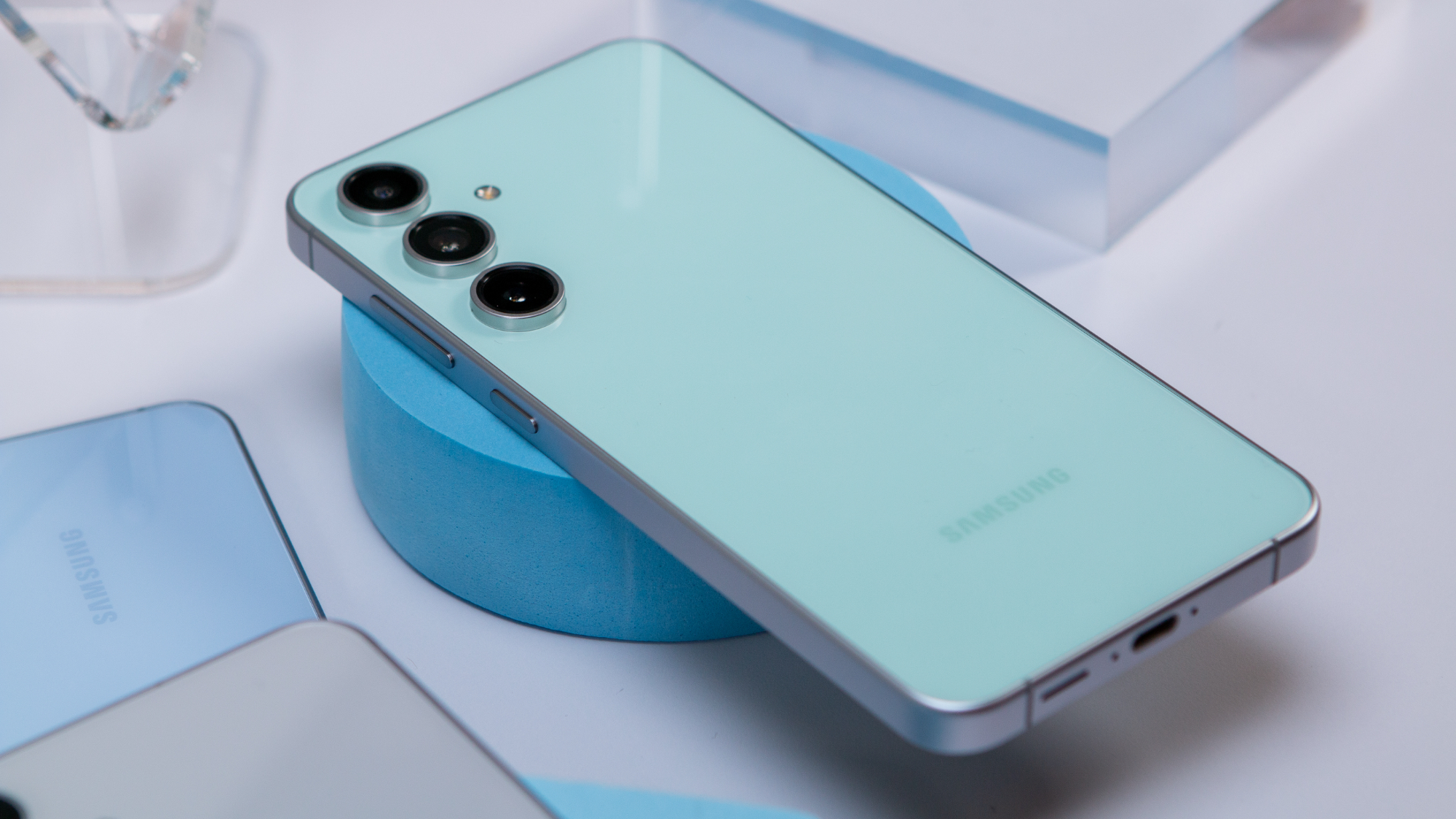Android Central Best of CES 2017 Awards!
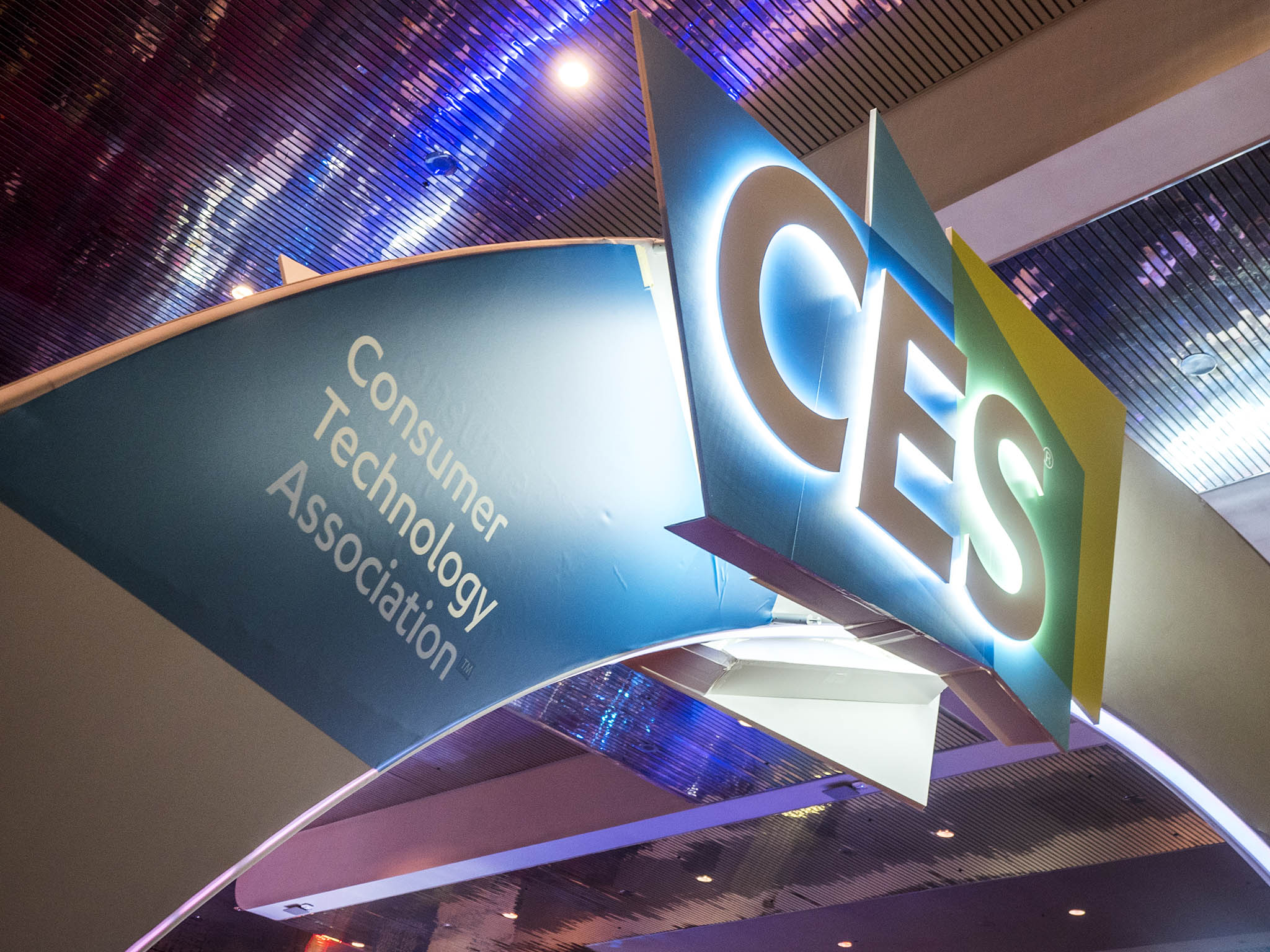
At this year's CES in Las Vegas, instead of one particular category standing out, we were impressed by a number of existing ones — and updates to old ideas.
But trends did emerge: the Internet of Things is, while still a meaningless generalization, filtering down to consumer products in meaningful ways, like with the NVIDIA Spot. And new takes on a wrist wearable, like the the Lofelt Basslet, feel designed for more specific, and invested audiences.
Still, it was the old form factors that won our hearts this year: the BlackBerry 'Mercury', in its late aughts glory, impressed us, as did the Samsung Chromebook Pro and ASUS ZenFone 3 Zoom. All updates to tried-and-true designs, but great products nonetheless.
So without further ado, here are our awards for the best of CES 2017.
Best of CES / Design NVIDIA Spot
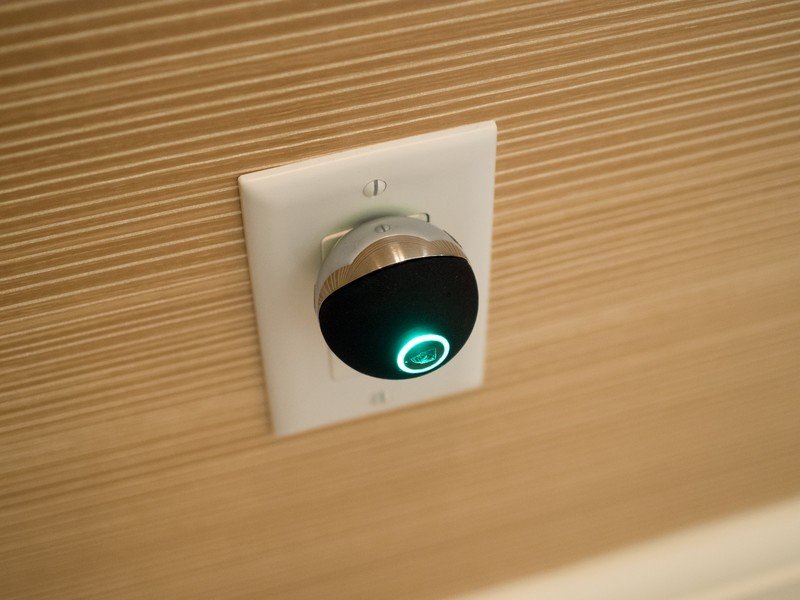
We loved the design of this innovative IoT accessory, which plugs into any outlet to facilitate Google Assistant through the NVIDIA Shield Android TV. The glowing green light of the NVIDIA Spot feels both comforting and futuristic, and the well-made orb is compact while providing enough audio presence to be a decent Echo Dot competitor. And at $45, it's inexpensive enough to justify buying a few of them and plugging them in around the house!
Best of CES / InnovationASUS ZenFone AR
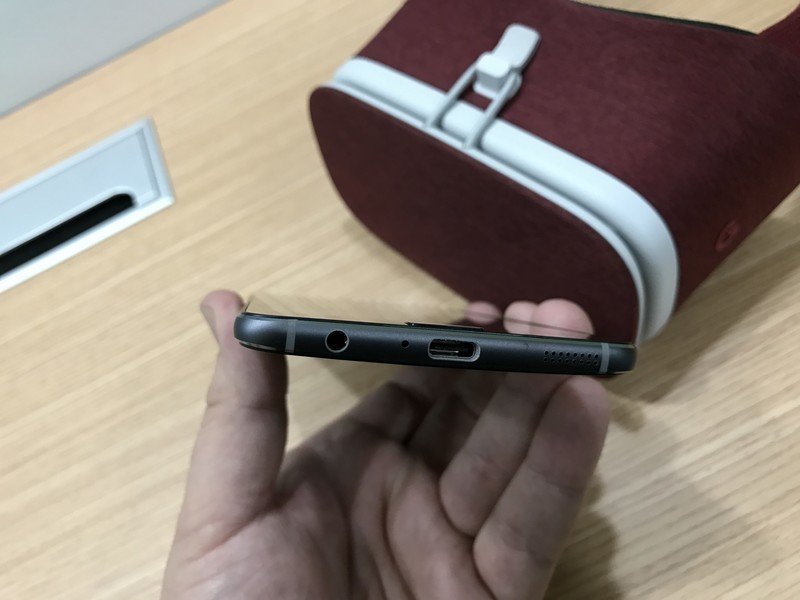
So much potential built into one device, ASUS's ZenFone AR isn't ready for primetime just yet — the software needs to be finished and tuned up before it ships later this year — but we can't wait to see what it can do. With support for both Tango and Daydream, ASUS is showing that it can innovate without compromising on usability, and that's the kind of thing we love to see at CES.
Best of CES Lofelt Basslet
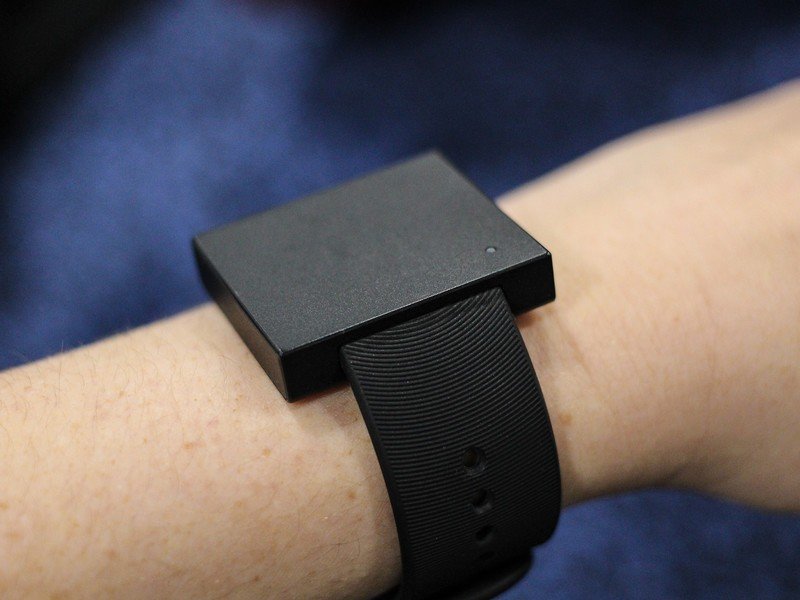
It may sound strange, but this little wearable excited us more than many of the big-name announcements, and that's because what it purports to do — bring a subwoofer to your wrist — it does so well. While the Lofelt Basslet's use cases are limited, and the audience doubly so, it works incredibly well, conveying low-frequency sound in an unobtrusive way. It also works really well with smartphones to enhance the music we already listen to with headphones.
Be an expert in 5 minutes
Get the latest news from Android Central, your trusted companion in the world of Android
Best of CES ASUS ZenFone 3 Zoom
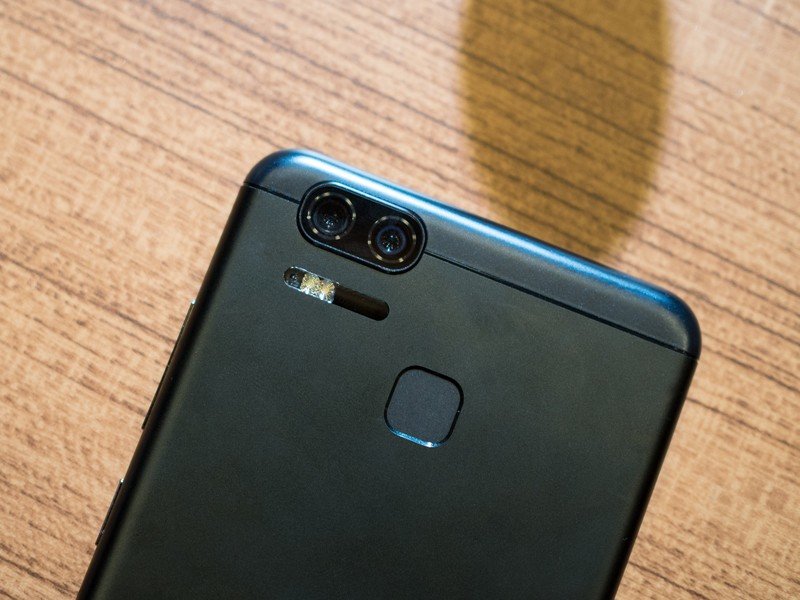
ASUS went back to the proverbial drawing board with this year's "Zoom" variant of its venerable ZenFone 3 lineup, eschewing the camera bump for two separate sensors, each with different focal lengths. The result is a much more stylish and mainstream-looking device that doesn't skimp on performance, design or usability. And with the eponymous zoom "telephoto" lens, users will be able to take better photos from further away without skimping on sharpness or resolution. More of this, please.
Best of CES BlackBerry Mercury
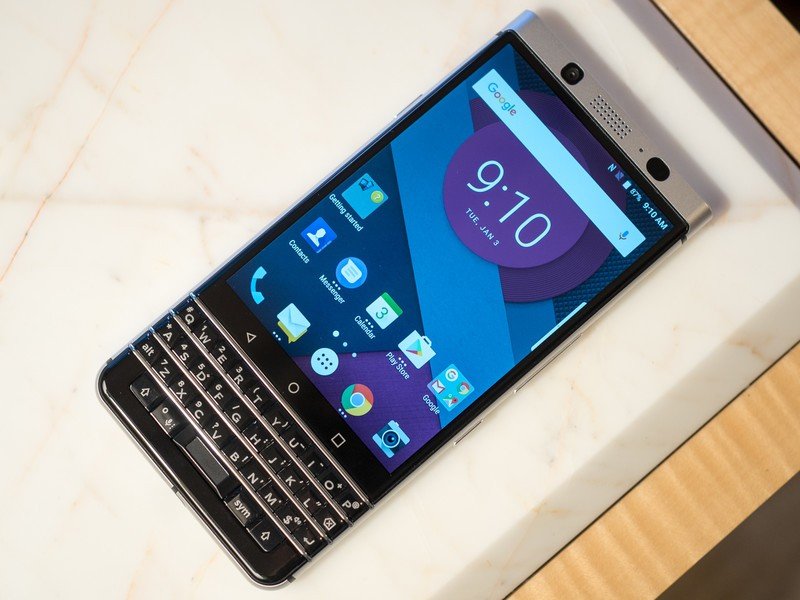
We don't know a lot about BlackBerry's newest phone — its specs, its price, even its name! — but we do know this: for a phone whose main feature, a hardware keyboard, is so stuck in the past, the Mercury feels impressively modern. With a sleek design, excellent build quality, and a touchscreen whose odd aspect ratio doesn't take away from the core Android experience, we're excited to see what the phone is capable of.
Best of CESASUS Chromebook Flip C302
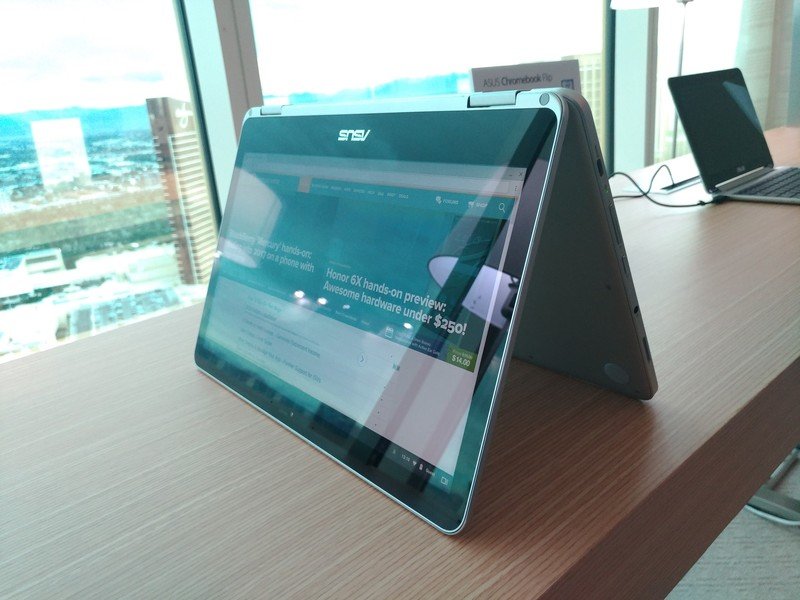
A big update to one of the most popular Chromebooks ever, the ASUS Chromebook Flip C302 retains the same tablet-like form factor of its predecessor but amps up the specs, the component quality, and the longevity by moving to USB-C ports for charging and data transfer. But ASUS isn't leaving its past behind entirely: while the C302 supports Android apps out of the box, it still runs Chrome OS, and the microSD slot appeases with local storage needs.
Best of CESNew NVIDIA Shield Android TV
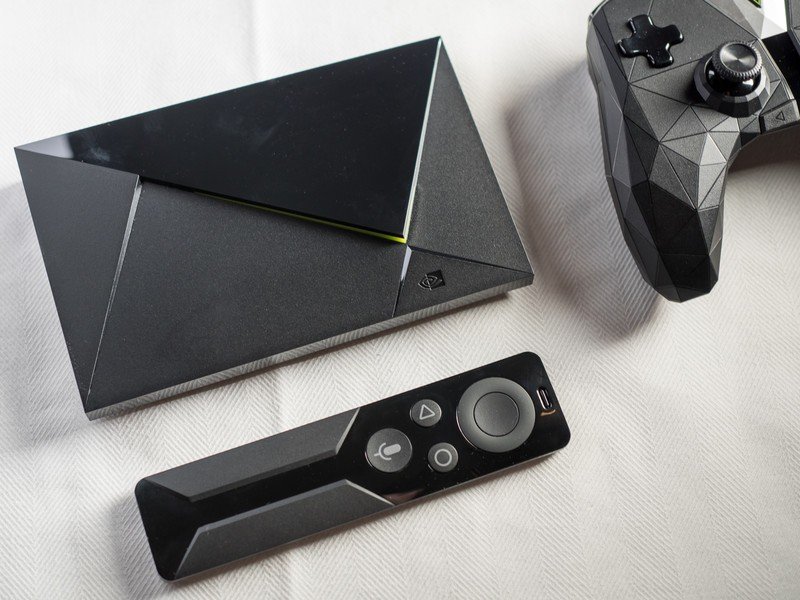
With almost identical internals to last year's model, NVIDIA nonetheless blew us away with its sharp design improvements and enormous software updates. Adding Google Assistant to the company's set-top streaming box would have been impressive enough, but the company added meaningful value to its GeForce Now game streaming service while improving both the in-box remote and controller. Coupled with the new NVIDIA Spot, we can't wait to see what the company does in 2017.
Best of CES The Nex Band Ingress Edition
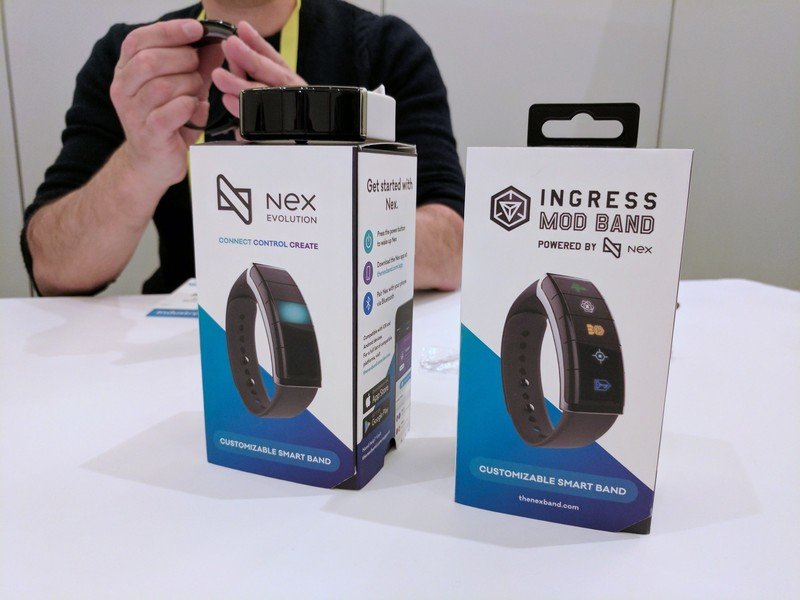
Ingress users (yes, they still exist and are quite active) already have an Android Wear app to help wage the silent war for our minds, but there's a more affordable option on the way. The folks at The Nex Band, a wearable that relies on LEDs and vibrations instead of a traditional display, is making an Ingress-focused version with new features specifically for the game.
At $80, this is a great wearable for anyone looking for a unique experience. For Ingress players, the unique version with game icons all over will offer something even better when it's available later this year.
Best of CES Samsung Chromebook Pro
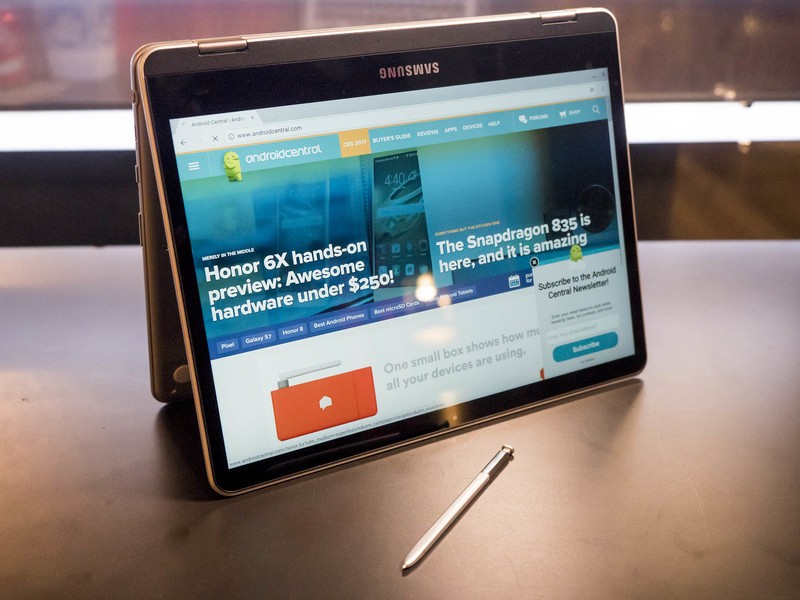
This year is going to mark a significant change in how Chromebooks are used with Android app support, and Samsung's new Chromebook is a look at how that change will be reflected in hardware.
Samsung's Chromebook Pro is a full 360-degree convertible with a big keyboard and a stylus for when you don't want fingerprints on the screen. The 2.2GHz Intel Core M3 and 2400x1600 display ensure the setup is more than a little powerful, and is going to be a great step forward for Chromebooks in general.
Best of CES Smith Lowdown Focus
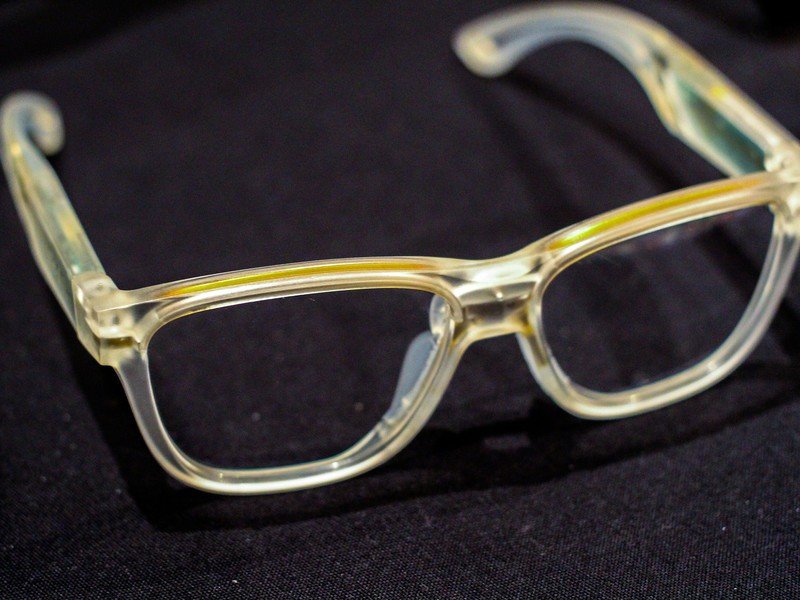
If you're into winter sports or summer weather, you might recognize the name Smith. With Focus, the company took one of its most popular styles of sunglasses and added brainwave-sensing technology to it. This stylish wearable features EEG, EOG, and EMG technology, as well as an accelerometer, gyroscope, magnetometer, UV sensor, and a temperature gauge. All this technology syncs up with an app that lets you know what's going on in the world around you as well as inside your brain.
The technology was previously used inside the Muse brain sensing headband, which can help you train to meditate so that you're actually reaping the benefits of quiet time. There's no word on what the Smith Lowdown Focus will track just yet, but it's likely they'll be just as effective at helping you train your brain as its less-stylish counterpart.
The best part of the Lowdown Focus? You can't even tell that there's all that technology built into it. But whatever you do, be sure not to accidentally sit on them! You can see these sunglasses sprout up for sale around springtime this year.
Best of CES Tiny1 Astronomy Camera
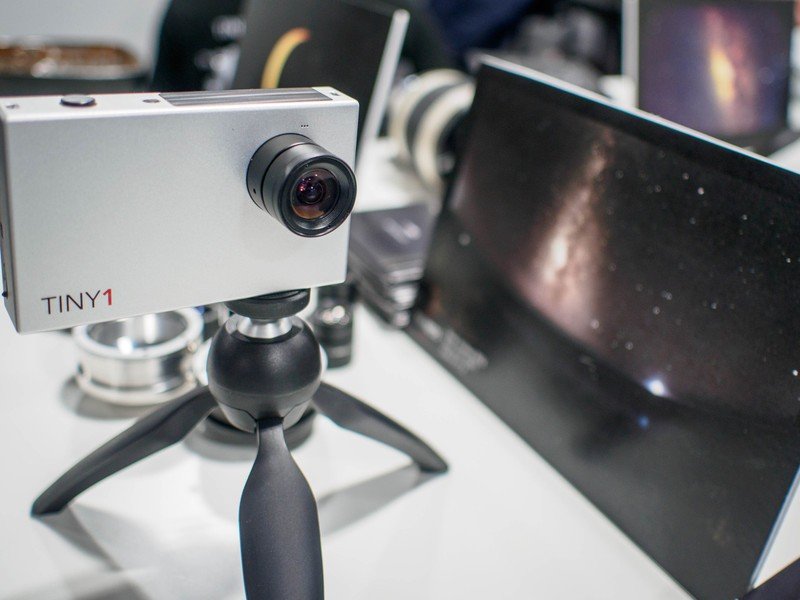
We usually cringe when someone says "it's a standalone camera running Android" but Tiny1 does it right. This is a 4MP compact camera built entirely for astronomy photography, with a UI build to make that easy for anyone. A big part of that experience includes a sky map overlay on the camera UI lets you move the camera to find the stellar object you're looking for, in total Augmented Reality style.
At $500 it's going to set you back a little, but this camera is an impressive attempt at making a custom astronomy camera better with Android.
Best of CES Xiaomi Mi TV 4
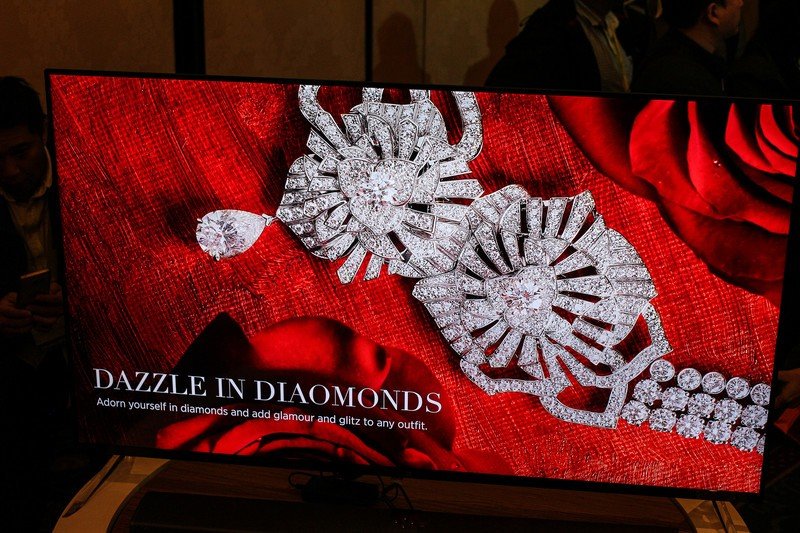
Android TV baked into the TV always sounds like a great idea but usually winds up being poorly executed. Xiaomi is stepping up to the plate with something that almost doesn't count as a standalone TV due to its design. The Mi TV 4 is a modular platform that allows you to replace the display part of your TV with multiple options, and if that's not enough the base is also modular.
It all comes together to be something that looks beautiful, and could potentially also be highly functional.
Daniel Bader was a former Android Central Editor-in-Chief and Executive Editor for iMore and Windows Central.

